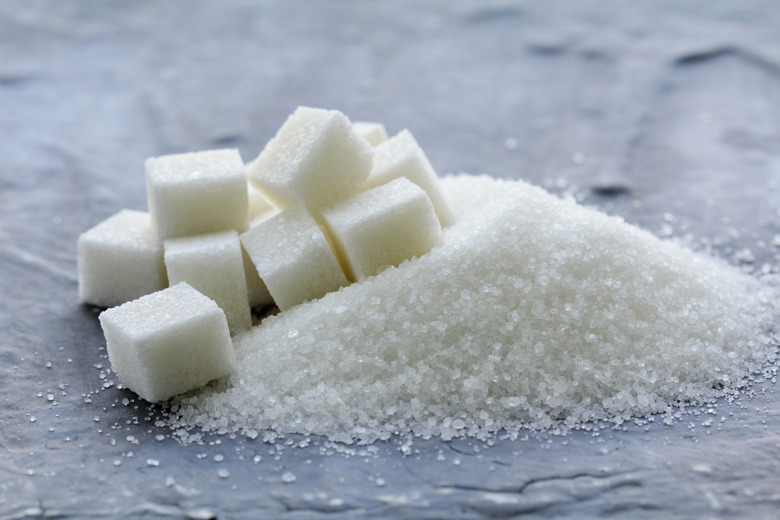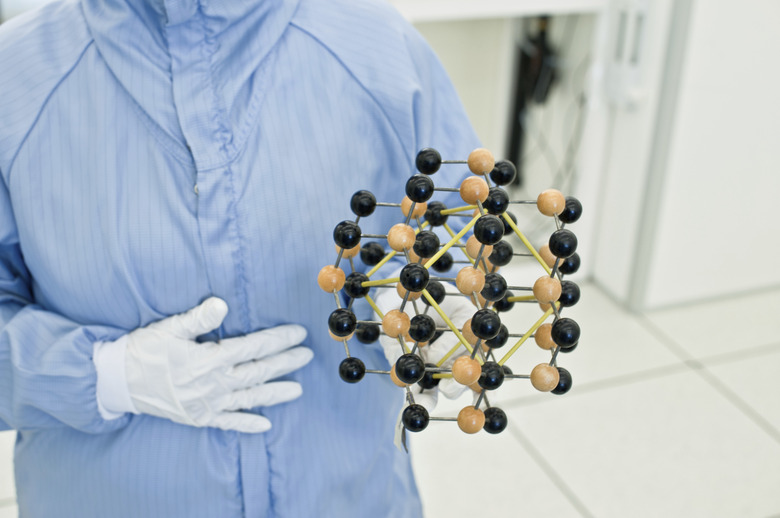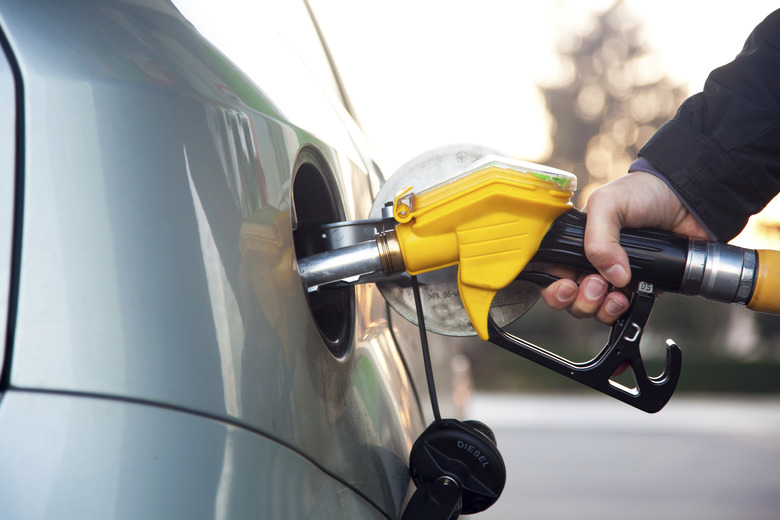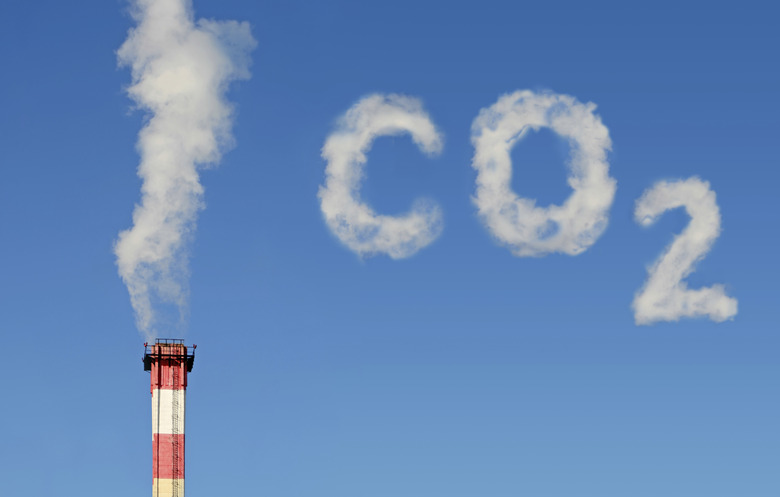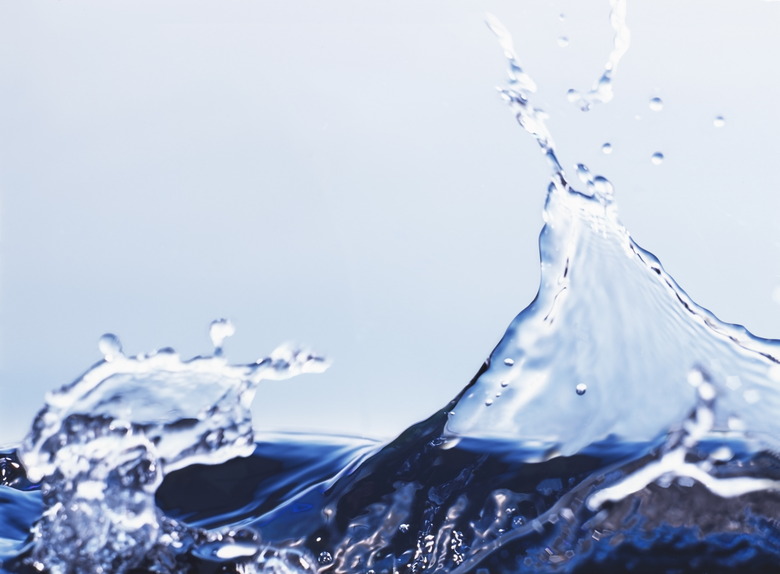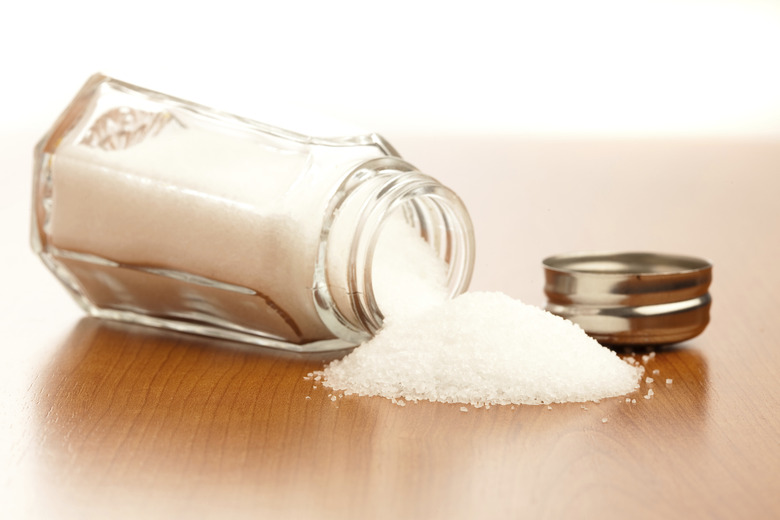Organic Vs. Inorganic Molecules
The distinction between organic and inorganic chemistry is not a trivial one. Courses of study in universities throughout the world are structured based on the distinction. And even among those without formal training in chemistry there is a somewhat intuitive sense of the difference. Sugars, starches and oils are composed of organic molecules. Water, battery acid and table salt are inorganic. (Don't confuse this with the definition of organic foods; that's a different matter that involves more of an agricultural and political distinction.)
Carbon
Carbon
The hallmark of organic molecules is that they contain carbon. An early notion of organic molecules versus inorganic was that organic molecules were strictly derived from living things. It turns out that there are organic molecules that originate from sources other than living processes. So it really becomes that the key feature for organic molecules is the presence of carbon. It is still the case, however, that perhaps the majority of known organic molecules result from living processes.
Hydrocarbons
Hydrocarbons
Carbon atoms readily form chemical bonds with other carbon atoms. They also readily form chemical bonds with hydrogen atoms. A molecule composed of carbon atoms and hydrogen atoms with no other elements involved is called a hydrocarbon. Hydrocarbons are very common and familiar organic compounds. Gasoline is a hydrocarbon; so too are methane, ethane, propane and butane.
Functional Groups
Functional Groups
A characteristic of the carbon atom is that it will form bonds to other carbon atoms, often in a chain or a ring formation. Once in this configuration, carbon will also chemically bond with atoms of other elements.
There are six elements for which carbon has a particular association. These include carbon itself as well as 1. hydrogen; 2. oxygen; 3. nitrogen; 4. phosphorus; and 5. sulfur.
Various combinations of these elements form what are known in organic chemistry as functional groups. There are seven of these functional groups in organic compounds. (Note that five of the elements are themselves inorganic but when combined with carbon they become part of an organic molecule.)
Functional groups lend characteristic properties to some very familiar organic substances. One of these is the alcohol we call ethanol. Ethanol is a relatively simple organic molecule composed of two carbon atoms, six hydrogen atoms and one so-called hydroxyl functional group. The hydroxyl functional group is itself also relatively simple. It is just an oxygen atom and a hydrogen atom. As with all of chemistry—organic or inorganic—the addition or subtraction of just one atom can change a molecule's properties dramatically. The ethanol molecule without the hydroxyl functional group but with just a hydrogen atom in its place is not ethanol but is the organic compound ethane. Ethane is a vapor, not a liquid, under normal conditions and serves as a refrigerant.
Other functional groups include the so-called carboxyl group, consisting of a carbon atom, two oxygen atoms and a hydrogen atom. The simple organic molecule featuring one carbon atom and four hydrogen atoms is the organic compound methane or natural gas. Replacing one of the hydrogen atoms in the methane molecule with a carboxyl group forms the organic compound acetic acid. Acetic acid is what gives vinegar its familiar smell and taste.
Polarity
Polarity
The water molecule—an inorganic molecule—is a molecule that exhibits polarity (a magnetic charge). This is because the oxygen atom in the water molecule tends to have a negative charge associated with it. The hydrogen atoms tend to have a positive charge. It is these opposites that keep the water molecule together as a unit. It is also these charges that make the water molecule what's called a polar molecule. On the oxygen side of the water molecule there's a partial negative charge; on each of the hydrogen parts of the molecule there are partial positive charges.
Organic molecules composed of carbon and hydrogen only (again known as hydrocarbons), in the absence of functional groups, are essentially nonpolar. The familiar observation that oil and water don't mix is precisely due to this disparity. Water is a polar molecule and would mix with and/or dissolve other polar molecules. But oils are chemically nonpolar and there is a repulsion that resists mixing and dissolving.
Examples
Examples
One way to get a sense of organic versus inorganic molecules is with some common examples. Water and table are inorganic compounds. Table salt is an example of what's called an ionic compound. Sodium forms a positively charged ion (a cation) and chlorine forms a negatively charged ion (an anion). These electrical charges hold the sodium chloride molecule together. Sodium chloride may be an important compound to living things but since it is not really produced by living things and it contains no carbon, it is a good example of an inorganic molecule. Water is another example of a compound that is important—essential actually—to living things but is itself composed of inorganic molecules. It is used by but not manufactured by living things and contains no carbon.
Cite This Article
MLA
Miller, Donald. "Organic Vs. Inorganic Molecules" sciencing.com, https://www.sciencing.com/organic-vs-inorganic-molecules-5435843/. 24 April 2017.
APA
Miller, Donald. (2017, April 24). Organic Vs. Inorganic Molecules. sciencing.com. Retrieved from https://www.sciencing.com/organic-vs-inorganic-molecules-5435843/
Chicago
Miller, Donald. Organic Vs. Inorganic Molecules last modified August 30, 2022. https://www.sciencing.com/organic-vs-inorganic-molecules-5435843/
